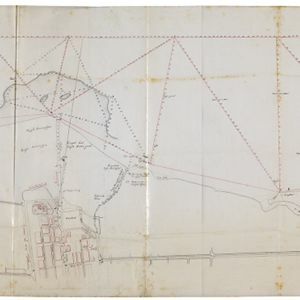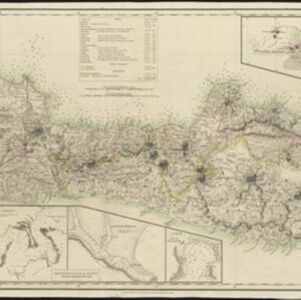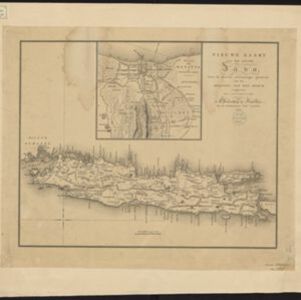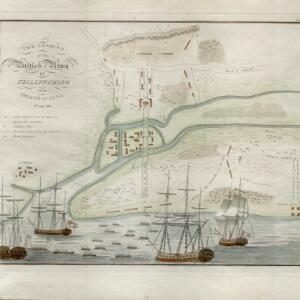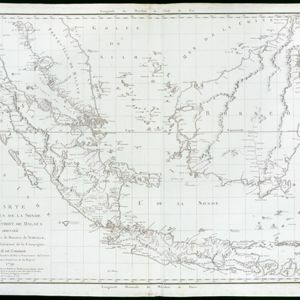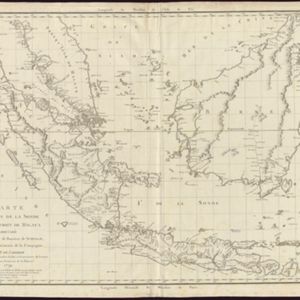
Schets van het vaarwater naar en op de reede van Batavia
1824
Indonesia
This early 19th century map shows the islands, shoals and reefs in the harbour of the important port city of Batavia (Jakarta) in the Dutch East Indies. Individual islands and reefs are named, as are the rivers and canals on land.

